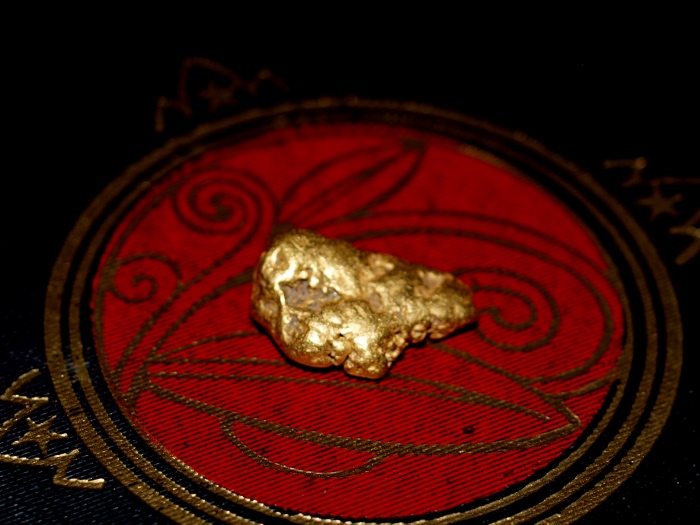
One of the few towns, that have survived their prime gold rush times and actually prospered afterward is Dahlonega. It is a quiet little rural town in northern Georgia with a population of a little more than 5000 people.
The town is only an hour’s ride from Atlanta and has a lot to offer, concerning tourist attractions. It lies at the foothills of the Blue Ridge Mountains, thus is a great place for hiking and exploring. Despite all of its attractions, the most interesting part of Dahlonega is its gold history and heritage.
Dahlonega. Origins.
The word ‘Dahlonega’ actually comes from the Cherokee language ‘Dalonige’, which stands for ‘yellow’ or ‘gold’. So, we can presume, that the gold was found here long before the American adventurers came to this place.
1828 was the date when everything changed for the local Cherokee and the lands they owned. There are actually quite a few versions as to who found the first nugget and thus started the second Gold Rush in American history. Unfortunately, the real confirmed name of that person was lost in time.
Within two years, the vicinity was bursting with miners hunting for gold and opening new mines everywhere. The problem was, as it always is, the land. In 1819 the Federal Government signed the treaty with the Cherokee Nation, naming the vicinity of the future Dahlonega as their property. The hunger for gold was much stronger than treaties, so there was a lot of trespassing and political mischief and, in the end, it led to the removal of Indians from their lands in 1835.
Mining is good, especially, when you have some options
In the first years of the Gold Rush people had little to no money so they mostly used the cheapest method to get gold – placer mining. Hardrock mining came a bit later.
As the mountains erode, the gold is washed from the slopes into the valley rivers and that is where it can be easily obtained using sluice boxes, dredges and suchlike contraptions. So, from 1828-30 you could find a ton of people searching and filtering the waters of local rivers trying to find nuggets.
When the first income was made and people got more money, the mines were opened and the real digging with pickaxes began. Hard-rock mining required much more equipment than placer, such as rafters to prevent cave-ins, rails and carts to carry the ore outside, pickaxes too. But it brought much more income too.
Mining is good, but minting is better
A surplus of gold heightens trade. But since the quality of nuggets and ore was different, the merchants determined the price of the goods differently. That brought cheating and turmoil. Miners needed some place to exchange their ore for standard coins.
That is why, as the Gold Rush spread, a decision was made to open a mint in Dahlonega. In 1838 the Branch mint at Dahlonega began issuing gold coins for Americans. Its life lasted only 23 years, but during that time a total worth of $6 million was minted inside its walls.
What happened, when the gold ran low
As the Indians got removed and the mint started working, things seemed cheerful for Dahlonega and other nearby gold towns. But that is when the slowdown came. By the 1840s the gold started running low.
At this time in American history, there had only been one other major gold discovery, when gold was found in North Carolina. Time would teach us that gold gets depleted rather quickly. Within a few short years, many of the miners that arrived in Dahlonega were looking for new ventures to make their living.
In 1949 news came of large amounts of gold in California. That is when one of the most famous phrases in Dahlonega came to be. A mint worker, Dr. Matthew Stephenson came to address the crowd of miners at the town square. He told them ‘Why go to California? In that ridge lies more gold than man ever dreamt of. There’s millions in it.’

Old picture of miners using the hydraulic mining method to find gold.
Of course, his efforts were fruitless and most of the people left for the new gold. Lots of towns near Dahlonega became abandoned completely, but not Dahlonega itself. The town learned to be attractive without the gold, although the mining resurfaced for a while in the 1850s with the invention of hydraulic mining technique. It was not successful though, due to the Civil War.
During the twentieth century, the mining resurfaced and went low again a few times and one can say, that the spirit of gold fever is still strong there, but not nearly as much as it was in the 1830s.
While it may never be the same as it was during the heyday, there are still prospectors searching the creeks and rivers of Georgia in search for hidden gold within the gravels.
